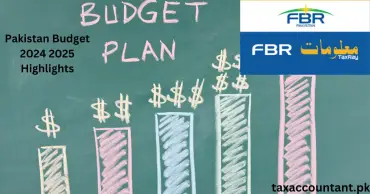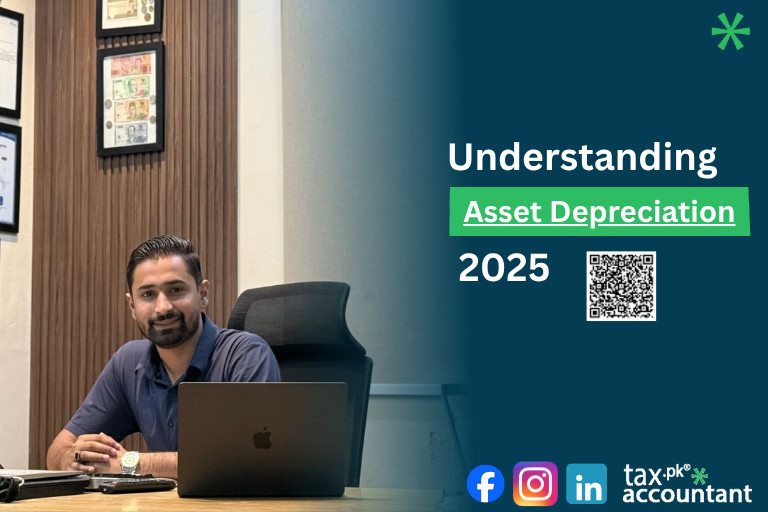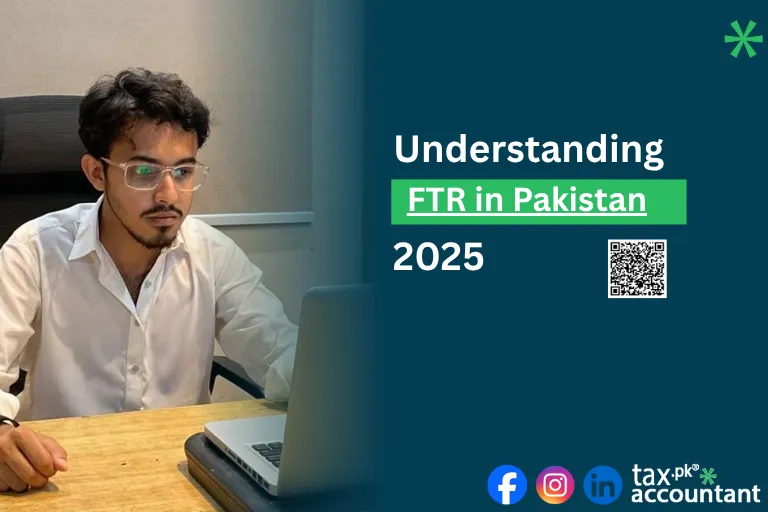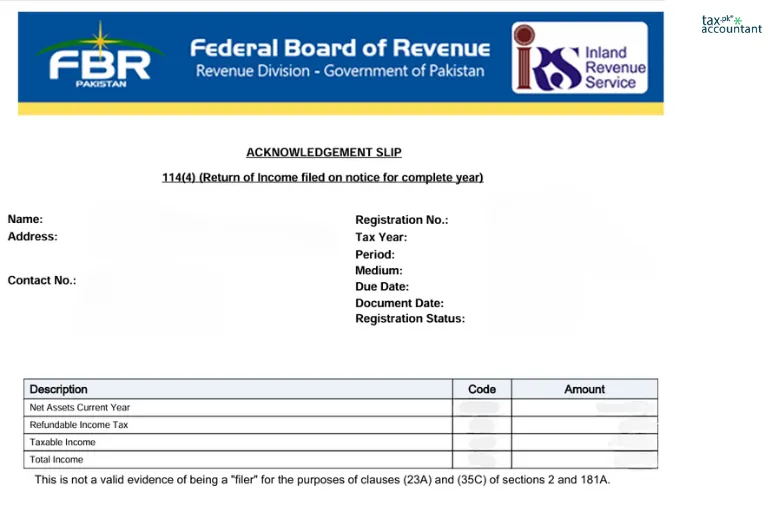The budget for the fiscal year 2024-25 in Pakistan was presented with significant implications for the economy, social welfare, and various sectors.
In this blog post guide, we will discuss about the key highlights, providing a comprehensive overview of the budget’s allocations, targets, and expected impacts.
Overview of the Budget
The total budget outlay for fiscal year 2024-25 is estimated at Rs 18.9 trillion, reflecting the government’s commitment to addressing economic challenges and promoting growth. The budget aims to achieve an economic growth target of 3.6% while managing inflation, which is projected to be around 12% during this period.
Key Financial Figures
- Total Outlay: Rs 18.9 trillion
- Gross Revenue Receipts: Rs 17.8 trillion
- Fiscal Deficit: Rs 7.283 trillion (5.9% of GDP)
- FBR Tax Revenue Target: Rs 12.97 trillion (40% increase from the previous year)
- Non-Tax Revenue Target: Rs 4.8 trillion
These figures indicate a strategic focus on enhancing revenue collection while managing expenditures effectively.
Major Allocations
The budget allocates funds across various sectors, emphasizing social welfare, defense, and development initiatives.
Social Welfare and Development
- Benazir Income Support Program (BISP): Increased allocation from Rs 466 billion to Rs 592 billion.
- Pensions: A 15% increase in pensions for government employees.
- Minimum Wage: Proposed increase to Rs 37,000.
- Salaries:
- Grade 1 to 16: Salary increase of 25%.
- Grade 17 to 22: Salary increase of 20%.
This allocation reflects a commitment to improving living standards and providing financial relief to lower-income groups.
Defense and Security
A significant portion of the budget is earmarked for defense:
- Defense Affairs and Services: Allocated Rs 2.122 trillion, highlighting the government’s focus on national security amidst regional challenges.
Sector-Specific Allocations
The budget outlines specific allocations for critical sectors:
Education and Health
- Education Sector: Allocation of Rs 519 billion, emphasizing investment in human capital development.
- Health Sector: Allocation of Rs 334 billion, aimed at improving healthcare services and infrastructure.
Infrastructure Development
The government has also prioritized infrastructure projects:
- Federal Public Sector Development Program (PSDP): Budgeted at Rs 1.4 trillion, focusing on enhancing transportation, energy, and urban development.
Energy Sector
A notable allocation is made for energy development:
- Energy Sector Development: Rs 253 billion allocated to improve energy infrastructure and sustainability initiatives.
Economic Reforms and Taxation Measures
To enhance revenue generation, several reforms and taxation measures have been introduced:
Taxation Changes
- An additional federal excise duty on cement increased to Rs 3,000 per ton.
- Sales tax rate for point-of-sale retailers in leather and textile increased from 15% to 18%.
- Maximum petroleum levy enhanced for petrol and diesel to Rs 80 per liter.
These measures are designed to broaden the tax base and enhance compliance among taxpayers.
Challenges Ahead
Despite these allocations and reforms, challenges remain:
- Inflation Control: With inflation projected at 12%, managing price stability will be crucial.
- Fiscal Deficit Management: The fiscal deficit remains high at Rs 7.283 trillion, necessitating stringent measures to control spending without hampering growth.
- Revenue Generation: Achieving the ambitious FBR tax revenue target will require effective enforcement and compliance strategies.
The Pakistan Budget for fiscal year 2024-25 reflects a balanced approach towards economic growth, social welfare, and infrastructural development amidst challenging economic conditions. By focusing on key sectors such as education, health, and defense while implementing necessary reforms in taxation, the government aims to stabilize the economy and foster sustainable growth in the coming years.
What are the key economic growth targets for Pakistan in the 2024-25 fiscal year?
The key economic growth targets for Pakistan in the fiscal year 2024-25 have been set with a focus on stabilizing and revitalizing the economy. Here are the main highlights:
GDP Growth Target
- Overall Growth Rate: The government has set a target for GDP growth at 3.6% for the fiscal year 2024-25. This marks an increase from the provisional growth rate of 2.4% in the previous fiscal year, indicating a cautious optimism about economic recovery.
Sectoral Growth Projections
The anticipated growth is expected to be driven by improvements across various sectors:
- Agriculture: Projected to grow by 2%, reflecting a modest recovery, especially after a high base effect from previous years.
- Industrial Sector: Expected to achieve a growth rate of 4.4%, supported by enhancements in large-scale manufacturing (LSM), which is anticipated to grow by 3.5%.
- Services Sector: Forecasted to grow by 4.1%, benefiting from increased demand and economic activities.
Fiscal Parameters
In addition to growth rates, several fiscal parameters are critical for achieving these targets:
- Inflation Rate: Projected inflation for the fiscal year is estimated at 12%, which poses challenges for economic stability and purchasing power.
- Public Sector Development Program (PSDP): The PSDP has been budgeted at approximately Rs 1.4 trillion, aimed at boosting infrastructure and development projects, which is essential for supporting economic growth.
- Tax Revenue Targets: The Federal Board of Revenue (FBR) has set an ambitious tax collection target of Rs 12.97 trillion, representing a significant increase of around 40% from the previous year.
Economic Outlook
The overall economic outlook hinges on several factors, including:
- Political Stability: Continued political stability is crucial for sustaining growth and attracting investment.
- Macroeconomic Stabilization: Efforts are needed to stabilize exchange rates and manage inflation effectively, particularly under the guidelines of any agreements with international financial institutions like the IMF.
- Investment-to-GDP Ratio: Expected to rise from 13.1% in the current fiscal year to 14.2% in 2024-25, indicating increased confidence in investment prospects.
These targets reflect the government’s strategic focus on enhancing economic performance while navigating existing challenges such as inflation and fiscal deficits. The success of these initiatives will depend on effective implementation and broader economic reforms.
What measures are being taken to reduce inflation in the 2024-25 fiscal year?
To address inflation in the fiscal year 2024-25, the government of Pakistan has proposed several measures aimed at stabilizing prices and improving economic conditions. Here are the key initiatives outlined in the budget:
Targeted Inflation Reduction
- Inflation Target: The government aims to reduce inflation to 12% for the fiscal year 2024-25. This target is ambitious given that inflation has been persistently high, often exceeding 9% in recent months.
Fiscal Measures
- Increased Salaries and Minimum Wage: To enhance purchasing power, the government has increased salaries for government employees by 25% for grades 1 to 16 and 20% for grades 17 to 22. Additionally, the minimum wage is set to rise to Rs 37,000. These measures are designed to provide relief to low-income households affected by rising prices.
- Public Sector Development Program (PSDP): The PSDP has been significantly increased to Rs 1.221 trillion, focusing on infrastructure and energy projects. This investment is expected to stimulate economic activity and, in turn, help control inflation by boosting supply.
Tax Policy Adjustments
- Reduction of Duties on Essentials: The government has reduced import duties on various essential goods. While this is intended to lower consumer prices, there are concerns about whether these reductions will effectively translate into lower prices for consumers.
- Tax Reforms: The budget includes plans for comprehensive tax reforms aimed at broadening the tax base and increasing compliance. This includes eliminating zero ratings and exemptions that have previously burdened government revenue. The goal is to enhance fiscal stability, which can indirectly help control inflation by reducing the need for excessive borrowing or money printing.
Monetary Policy Alignment
- Interest Rate Management: The State Bank of Pakistan is expected to align its monetary policy with inflation control objectives. There is a focus on maintaining a balance between growth revival and inflation management, suggesting a cautious approach towards interest rate adjustments.
Supply Chain Improvements
- Addressing Supply Chain Distortions: The government recognizes that supply chain issues contribute significantly to inflationary pressures. Efforts are being made to streamline supply chains for essential goods, which should help stabilize prices over time.
Social Safety Nets
- Expansion of Social Programs: To support low-income families facing high inflation, the government plans to expand social safety net programs. This includes increasing funding for initiatives aimed at assisting vulnerable populations impacted by rising costs.
While these measures represent a comprehensive approach to tackling inflation in Pakistan during the fiscal year 2024-25, challenges remain. The success of these initiatives will depend on effective implementation, monitoring of economic indicators, and responsiveness to changing market conditions. The government’s ability to stabilize prices while fostering economic growth will be crucial in achieving its inflation targets.















2 thoughts on “Pakistan Budget 2024 2025 Highlights”
I have been absent for a while, but now I remember why I used to love this web site. Thanks , I will try and check back more often. How frequently you update your web site?